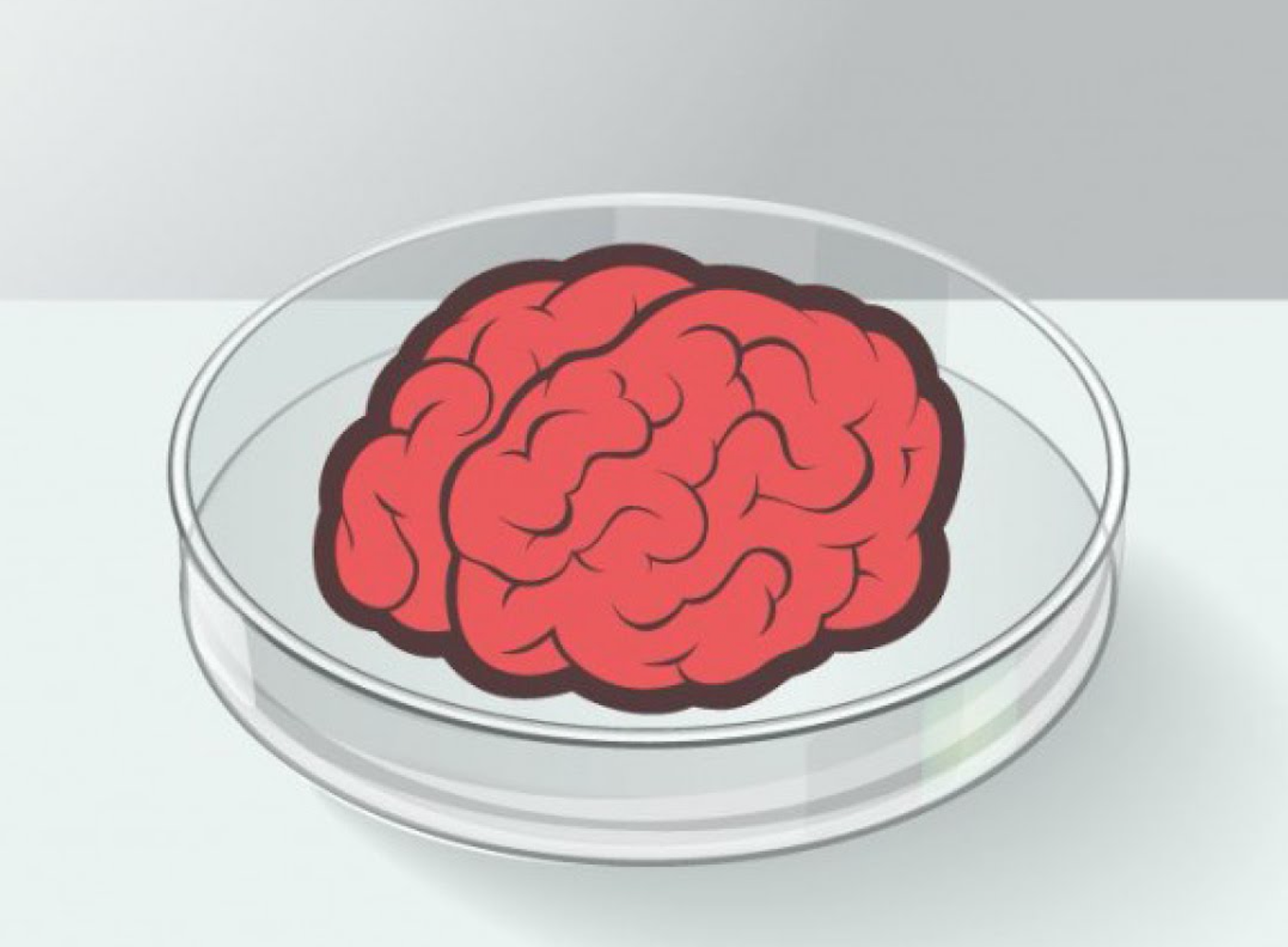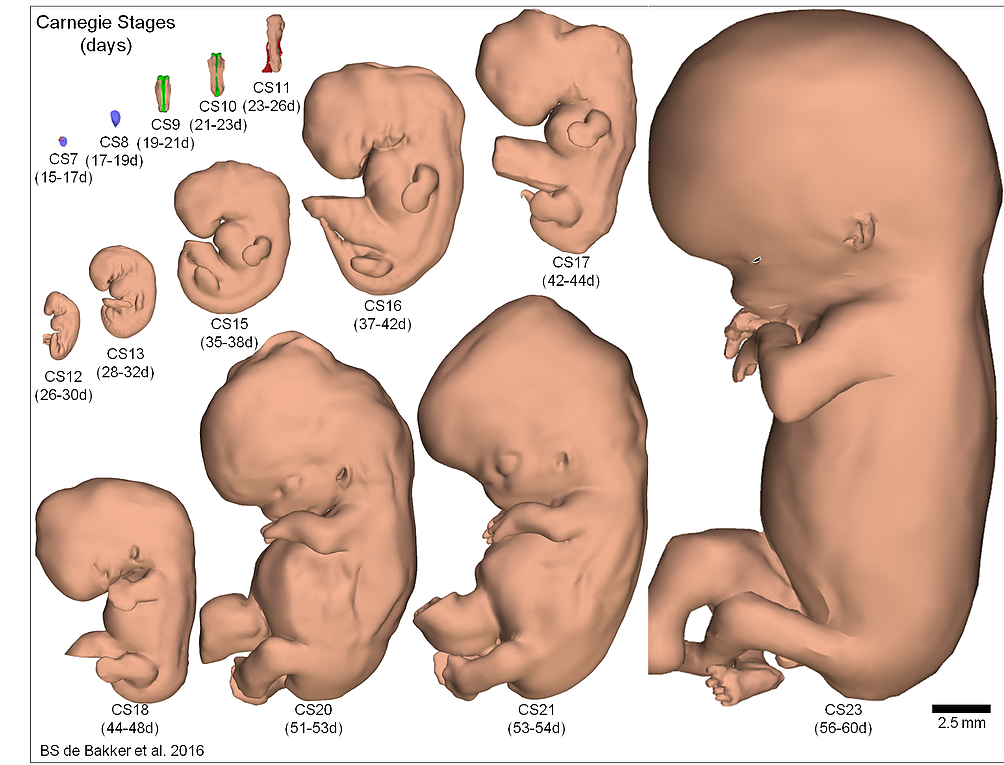The brain is the most complex structure in the human body. After decades of research, its depth of complexity is increasing as potential answers surface from scientific discovery. This introduces some new fundamental questions. Can humans grow brains? Can we recreate this structure which enables use to feel, see and do? The answer is partially yes.
 For the past six years, molecular and biotechnological scientist Juergen A. Knoblich and his team have begun growing cerebral organoids. These incredible lumps of tissue are simplified miniature versions of a brain resembling one of a growing fetus. The methodology behind these organoids incorporates ground breaking research from world renowned scientists and stem cell technologies.
For the past six years, molecular and biotechnological scientist Juergen A. Knoblich and his team have begun growing cerebral organoids. These incredible lumps of tissue are simplified miniature versions of a brain resembling one of a growing fetus. The methodology behind these organoids incorporates ground breaking research from world renowned scientists and stem cell technologies.
To grow a cerebral organoid (a “mini brain”), scientists begin with pluripotent stem cells, more specifically embryonic stem cells. These types of cells can grow and form virtually any type of human cell, for example muscle cells, blood cells, and particularly brain cells. These cells are derived from an embryo and are placed in special liquid containing vital nutrients. This allows the stem cells to grow the part of a fetus which gives rise to the embryonic nervous system. After a cluster of these cells forms, they are place in Matrigel, a gel that stimulates growth and prevents cell death. Being left alone to grow, the cells form three dimensional white balls of tissues (see Figure 1). This is the framework of the human forebrain, including the cortex along with the structures which produce cerebrospinal fluid. In rare cases, these tissues have developed a dent which marks the growth of eye sockets.
The question now is what can scientists do with these “mini brains”? Can they function as our normal brains do? The answer is no. These organoids will never be functional brains. In fact, organoids model the early development of brains and imitate the complex molecular events occurring in diseases. Doctors can gain a greater insight on what is molecularly activity in a sick patient. All of this by deriving a disease stricken cell from the patient and growing an organoid. This technology breaks the threshold of previously unknown neural and cellular activity. Organoids as these can be used to study psychiatric disorders and to establish a more detailed understanding of drug pathology. New treatments for today’s lethal diseases are only yet to be discovered, some of which might be found using cellular technologies such as these cerebral organoids.
Sources:
Knoblich, Juergen A. “Lab-Built Brains.” Scientific American, vol. 316, no. 1, Jan. 2017, pp. 22–25.
Figure 1: MORA-BERMÚDEZ. “An Organoid Develops like a ‘Mini Brain.’” Science, 9 Nov. 2017, www.sciencemag.org/news/2017/11/lab-grown-minibrains-are-revealing-what-makes-humans-special. Accessed 18 March 2018
Cool fact count #2: Our lungs can produce blood (10 million platelets per hour!)



